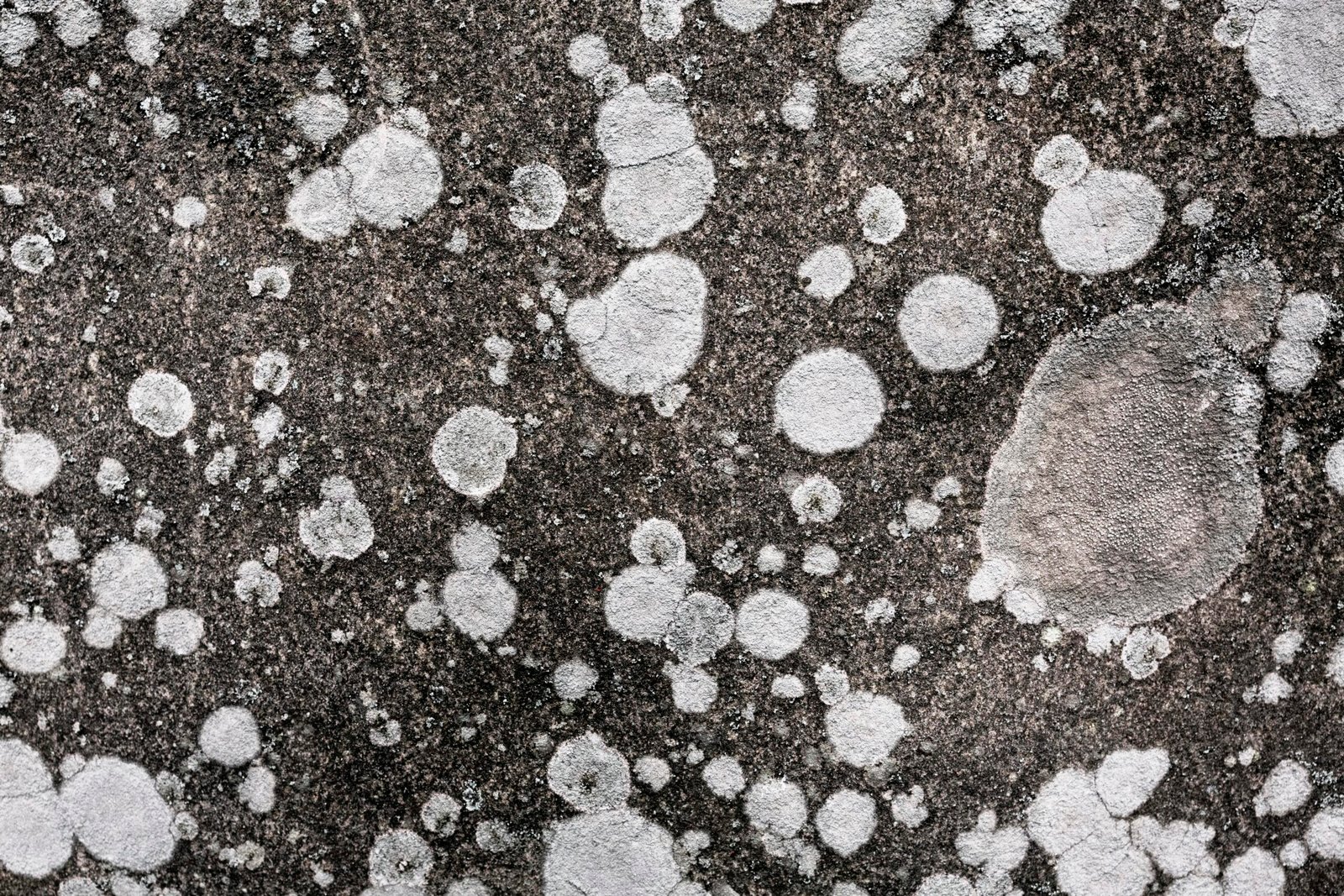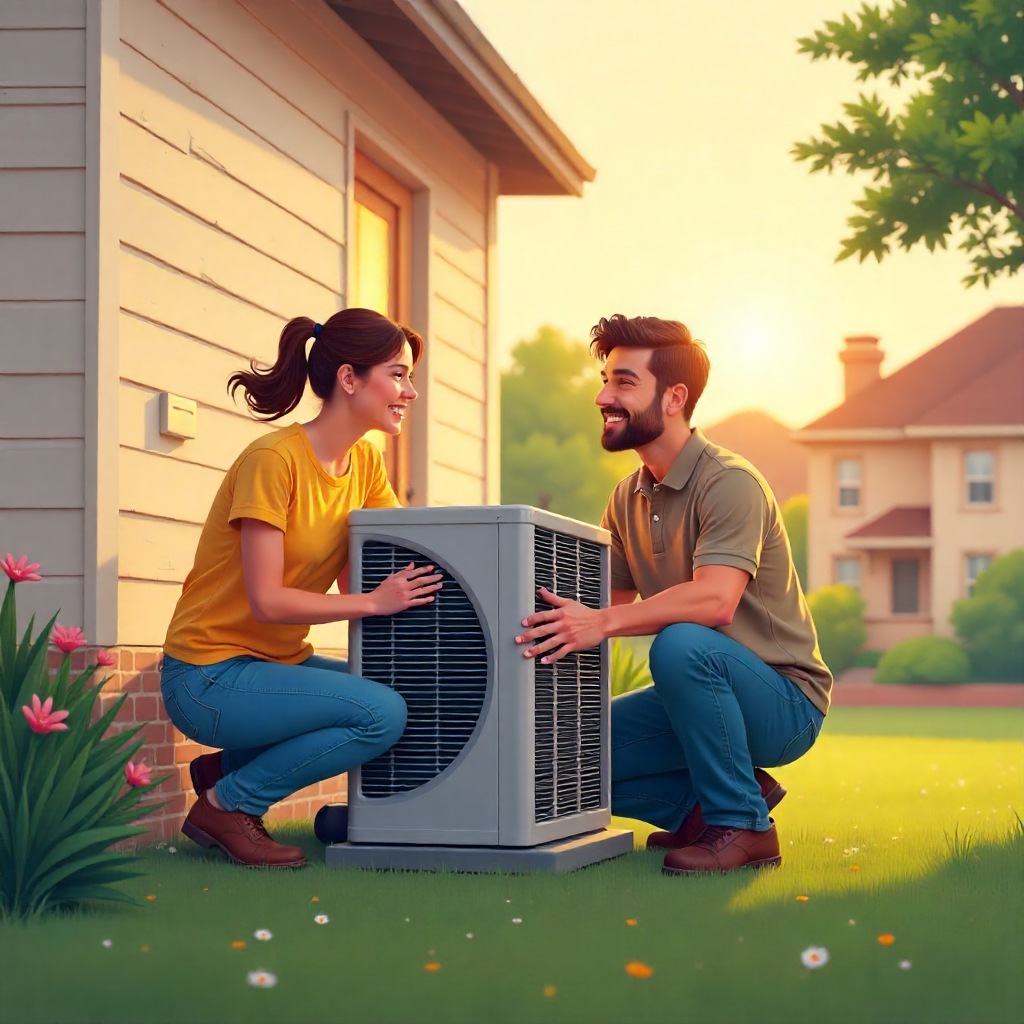In the humid climate of Houston, mold prevention is a critical part of home maintenance, especially in spaces like attics, where improper ventilation can create the perfect environment for mold growth.
Mold isn’t just a health hazard – it can also lead to severe structural damage and even costly litigation for homeowners. Learning how to recognize the signs of mold and understanding the role attic ventilation plays in prevention is essential for keeping your home safe and avoiding potential legal issues. At CoolTechies, we provide expert assessments of attic ventilation and connect our clients with trusted professionals to make necessary modifications. In this blog, we’ll dive into the signs of mold issues, the role of attic ventilation, and how taking preventive steps can save you from costly legal battles.
1. Understanding the Mold Threat Inside Your Home
Mold is a type of fungus that thrives in damp, humid conditions, making it a common problem in Houston’s warm climate. Mold spores can quickly spread throughout your home, especially if they find moist, unventilated areas where they can grow unchecked. Common locations for mold include basements, bathrooms, and attics. Over time, mold can cause significant damage to your home’s structure, weakening wood beams, drywall, and insulation. Additionally, mold is a well-known health risk, especially for those with respiratory issues or weakened immune systems. Its spores can cause allergic reactions, asthma, and other respiratory problems, impacting your family’s health and wellbeing.
2. How Attic Ventilation Plays a Key Role in Mold Prevention
Proper attic ventilation is crucial to regulating moisture and heat levels within your attic. Ventilation allows hot, moist air to escape, replacing it with fresh air that prevents mold from taking hold. In Houston, where high humidity is common, attic ventilation acts as the first line of defense against mold growth. Without it, humid air can get trapped, creating ideal conditions for mold.
Ventilation systems typically include intake vents, such as soffit vents, to bring in cool air, and exhaust vents, like ridge vents, to allow hot air to escape. Together, these vents create a balanced airflow that keeps moisture from building up and prevents mold growth. If your attic ventilation isn’t working properly, your attic could become a breeding ground for mold, and you might not even realize it until the mold spreads to other areas of your home.
3. Signs of Poor Attic Ventilation and Mold Growth
Recognizing the signs of poor attic ventilation early can save you from significant repairs and legal trouble down the line. Here are some key indicators to watch for:
- Excessive Heat: If your attic feels like a sauna, especially in Houston’s warm months, it may not have proper ventilation. This trapped heat can lead to moisture issues, increasing the risk of mold.
- Musty Odors: Mold produces a distinctive smell. If your attic or other areas of your home smell musty, it may indicate mold growth.
- Moisture Damage: Check your attic for signs of moisture, such as water stains, warped wood, or peeling paint. These are clear signs of inadequate ventilation and potential mold growth.
- Visible Mold: Dark spots or greenish-black stains on attic surfaces are signs that mold is taking hold. Mold growth can quickly spread if ventilation issues are not addressed.
4. The Risk of Litigation from Mold Contamination
Mold contamination doesn’t just affect your property; it can lead to serious legal consequences. Homeowners may be held liable if mold exposure affects tenants, buyers, or neighbors, especially if mold is found to have impacted the health of occupants. Landlords, in particular, must ensure properties are safe for tenants, and failing to address mold problems could result in lawsuits. Additionally, if mold issues are discovered during a property sale, the sale may fall through, or the buyer might seek compensation for repairs and health risks.
By taking preventive steps like ensuring adequate attic ventilation, you can help reduce the likelihood of mold problems that could lead to litigation. Proper ventilation is a long-term investment that protects your property, health, and peace of mind.
5. How CoolTechies Can Help You Prevent Mold Issues
CoolTechies specializes in attic ventilation assessments, identifying areas that may require adjustments to prevent mold buildup. While CoolTechies doesn’t perform structural modifications, we partner with reliable roofing and ventilation professionals who can implement recommended changes. Our goal is to ensure that your attic ventilation system effectively regulates moisture, minimizing mold growth risks and protecting your home.
6. Steps to Prevent Mold in Your Home
Taking preventive action is the best way to keep mold from becoming a problem in your home:
- Regular Inspections: Schedule regular inspections of your attic and other moisture-prone areas to catch signs of mold early.
- Ventilation Checks: Ensure your attic has the right intake and exhaust vents for balanced airflow. CoolTechies can help assess this.
- Routine HVAC Maintenance: Your HVAC system can contribute to moisture levels in your attic. Regular maintenance prevents leaks and ensures optimal operation.
- Seal Cracks and Leaks: Seal any roof leaks or cracks that might let water into your attic and lead to mold.
7. Protect Your Home from Mold and Litigation – Contact CoolTechies Today!
Preventing mold starts with taking control of your home’s ventilation system. With CoolTechies’ professional attic ventilation assessments, you can ensure your attic stays dry and mold-free. Protect your home, your health, and your legal standing with a ventilation assessment. Contact us today to schedule your consultation and learn how we can connect you with trusted experts for modifications if needed.
By Calixto Armas






